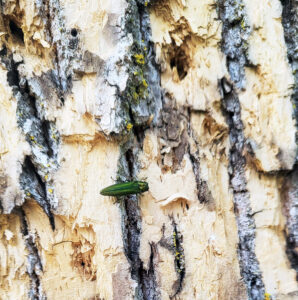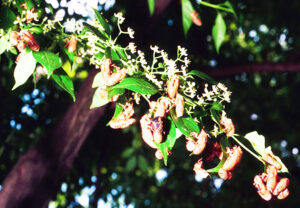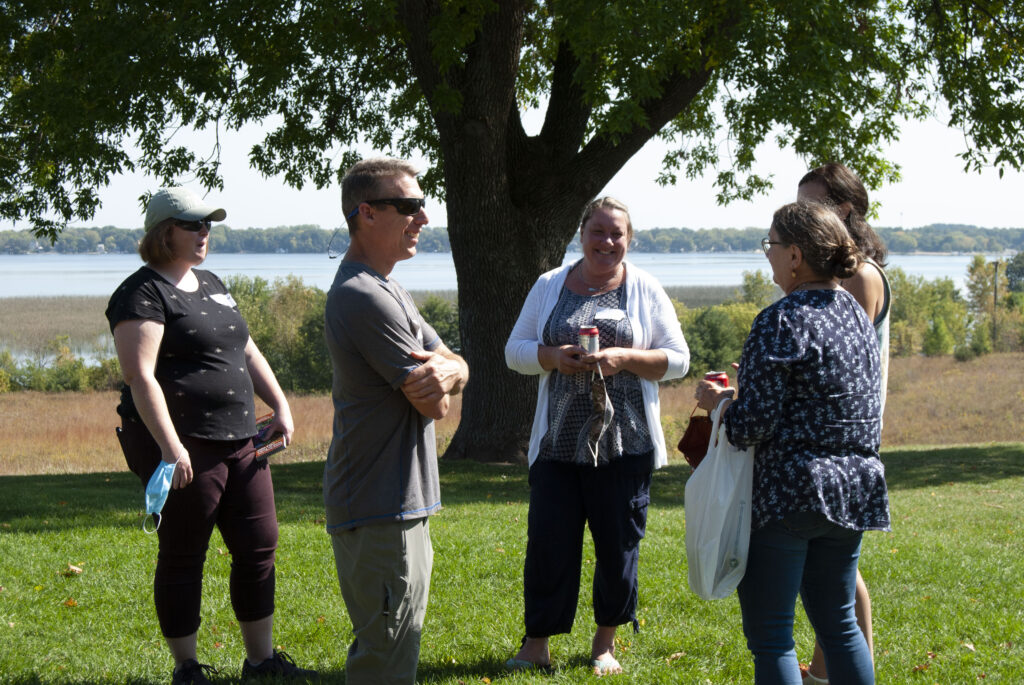 Partner with community groups such as 4-H, Scouts, rotary clubs and neighborhood associations to plant and care for trees.
Partner with community groups such as 4-H, Scouts, rotary clubs and neighborhood associations to plant and care for trees.- Set up informational tables at community events and farmers markets to recruit volunteers, educate residents and conduct surveys.
- Host workshops to teach community members about urban forestry and tree care.
- Post resources or hold a Q&A on social media.
- Conduct surveys to determine which tree species residents would like to see in their community.
- Cohost events with other departments or organizations with similar goals.
- Connect with environmental science classes in your school district to provide hands-on education activities.
- Post educational signs with QR codes that link to more information where urban forestry work is being done.
- Knock on residents’ doors to explain in person or with a flyer what you will be doing before starting tree work in the vicinity of their homes.
- For even more ideas, watch the Arbor Day Foundation’s recorded webinar, “How to Collaborate and Engage More Equitably in Your Tree City.”
Continue reading “10 Easy Ways To Engage Your Community In Urban Forestry”

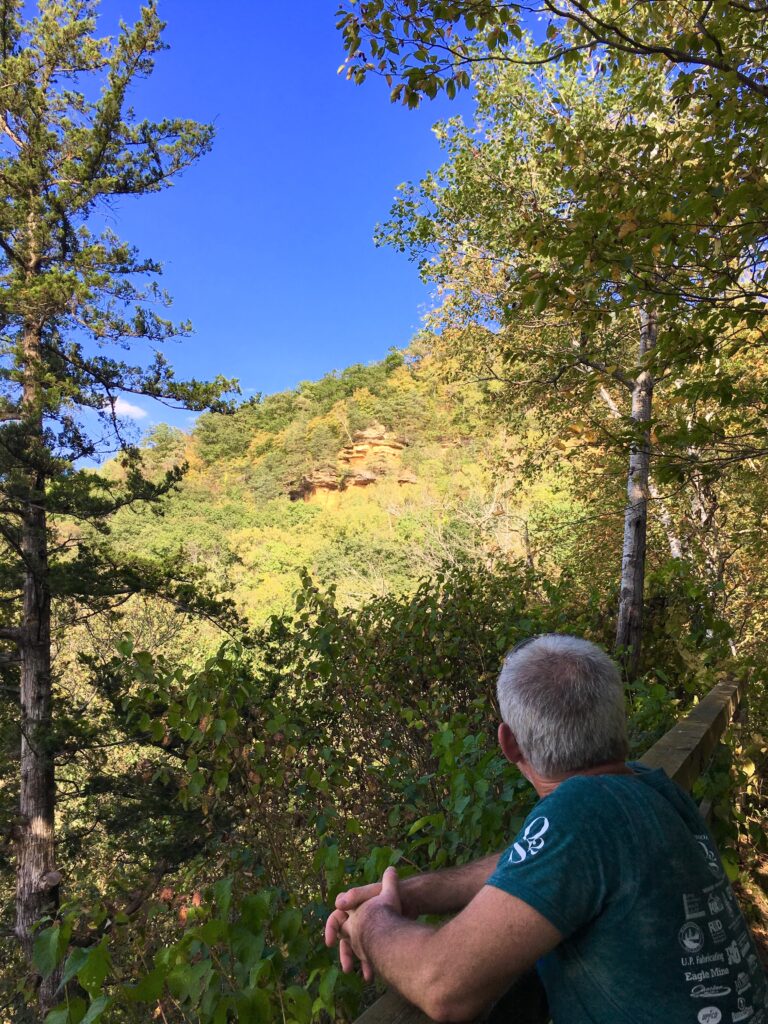 Over the years, a growing body of research has proven that regular access to trees makes us happier and healthier. They restore our sense of calm from head to toe — improving memory and attention span, enhancing cognitive functioning, lowering blood pressure, and reducing cortisol levels.
Over the years, a growing body of research has proven that regular access to trees makes us happier and healthier. They restore our sense of calm from head to toe — improving memory and attention span, enhancing cognitive functioning, lowering blood pressure, and reducing cortisol levels. Many residents and land managers in southeastern Wisconsin search for effective and efficient practices to control exotic invasive plants in our natural areas. The Southeastern Wisconsin Invasive Species Consortium is teaming up again with
Many residents and land managers in southeastern Wisconsin search for effective and efficient practices to control exotic invasive plants in our natural areas. The Southeastern Wisconsin Invasive Species Consortium is teaming up again with 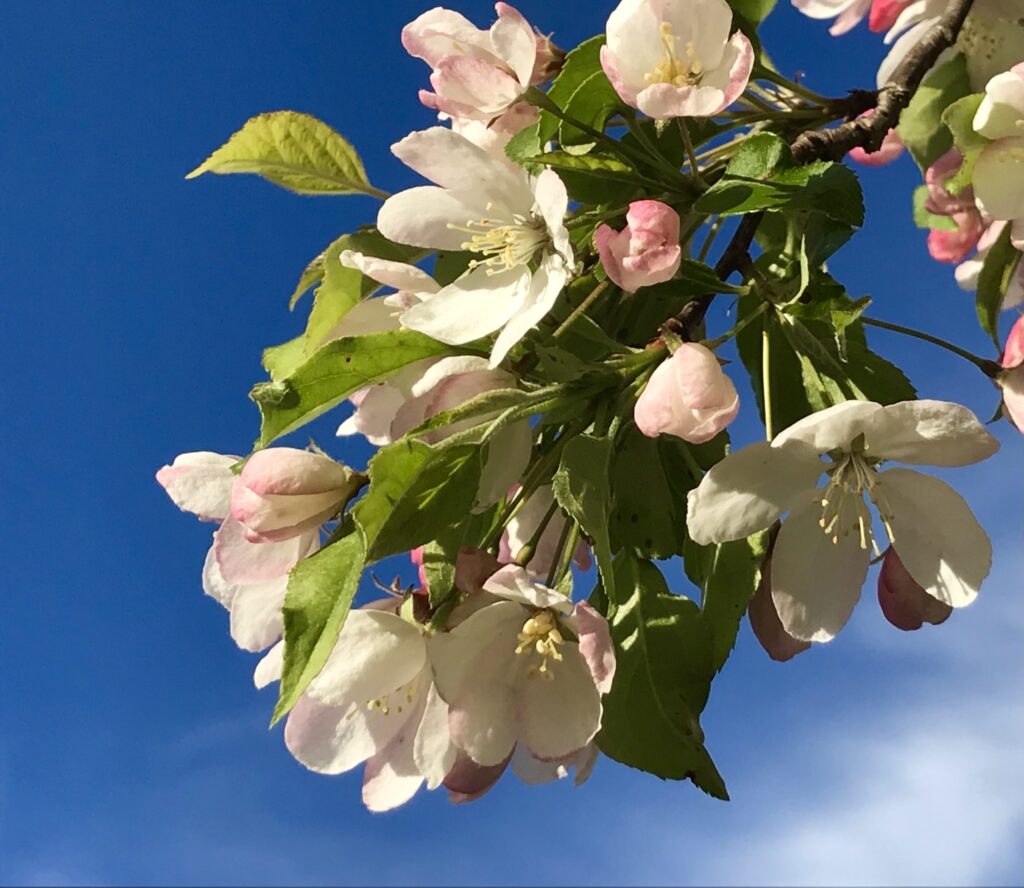

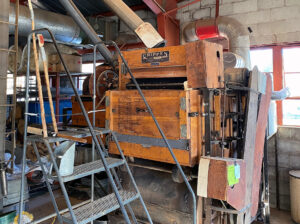

 As Wisconsin braces for another potentially busy season of spongy moth caterpillars, three state agencies have teamed up to make it easier for tree owners and others to access the latest information and advice on the invasive, leaf-chomping pests.
As Wisconsin braces for another potentially busy season of spongy moth caterpillars, three state agencies have teamed up to make it easier for tree owners and others to access the latest information and advice on the invasive, leaf-chomping pests.